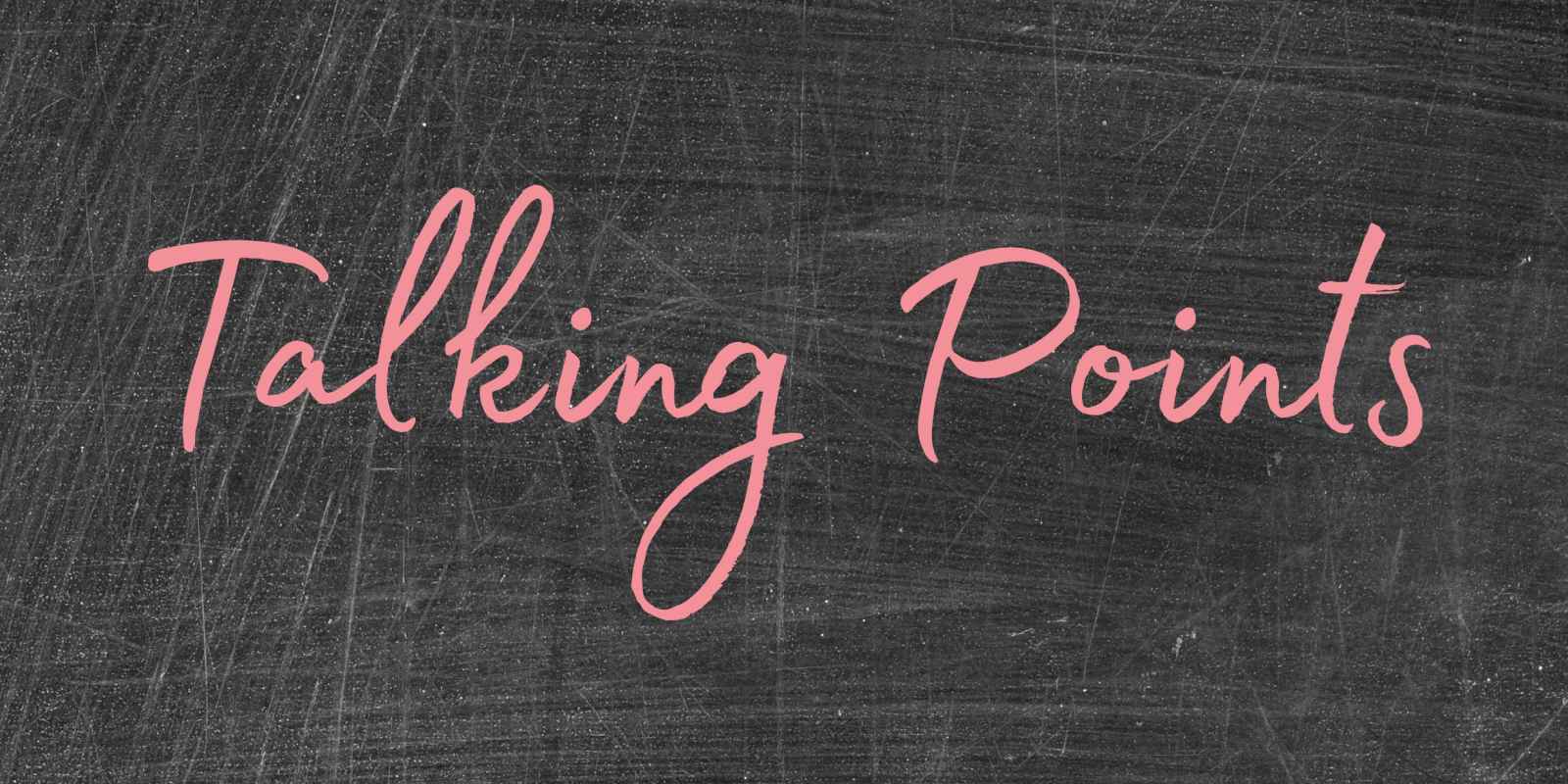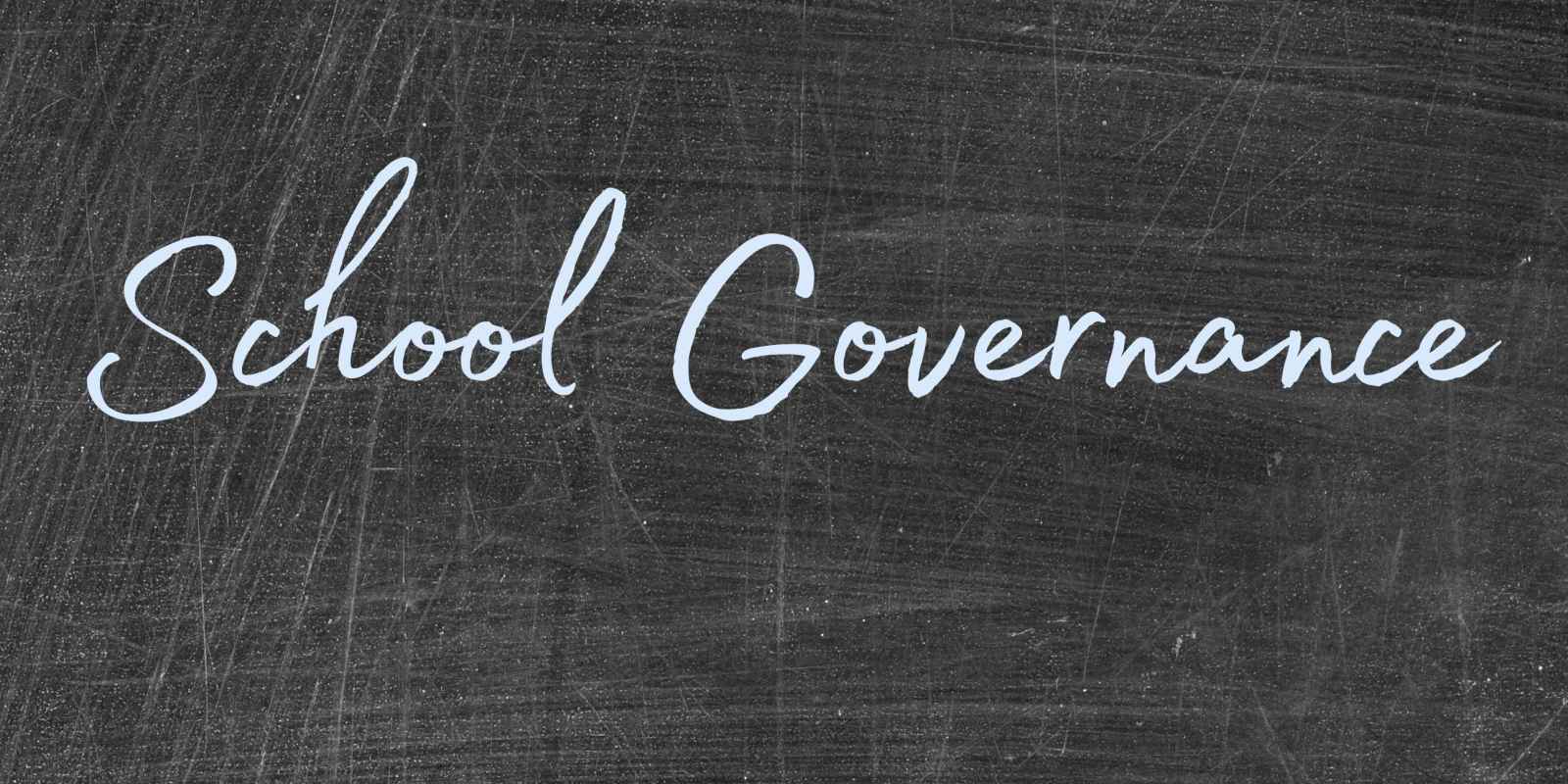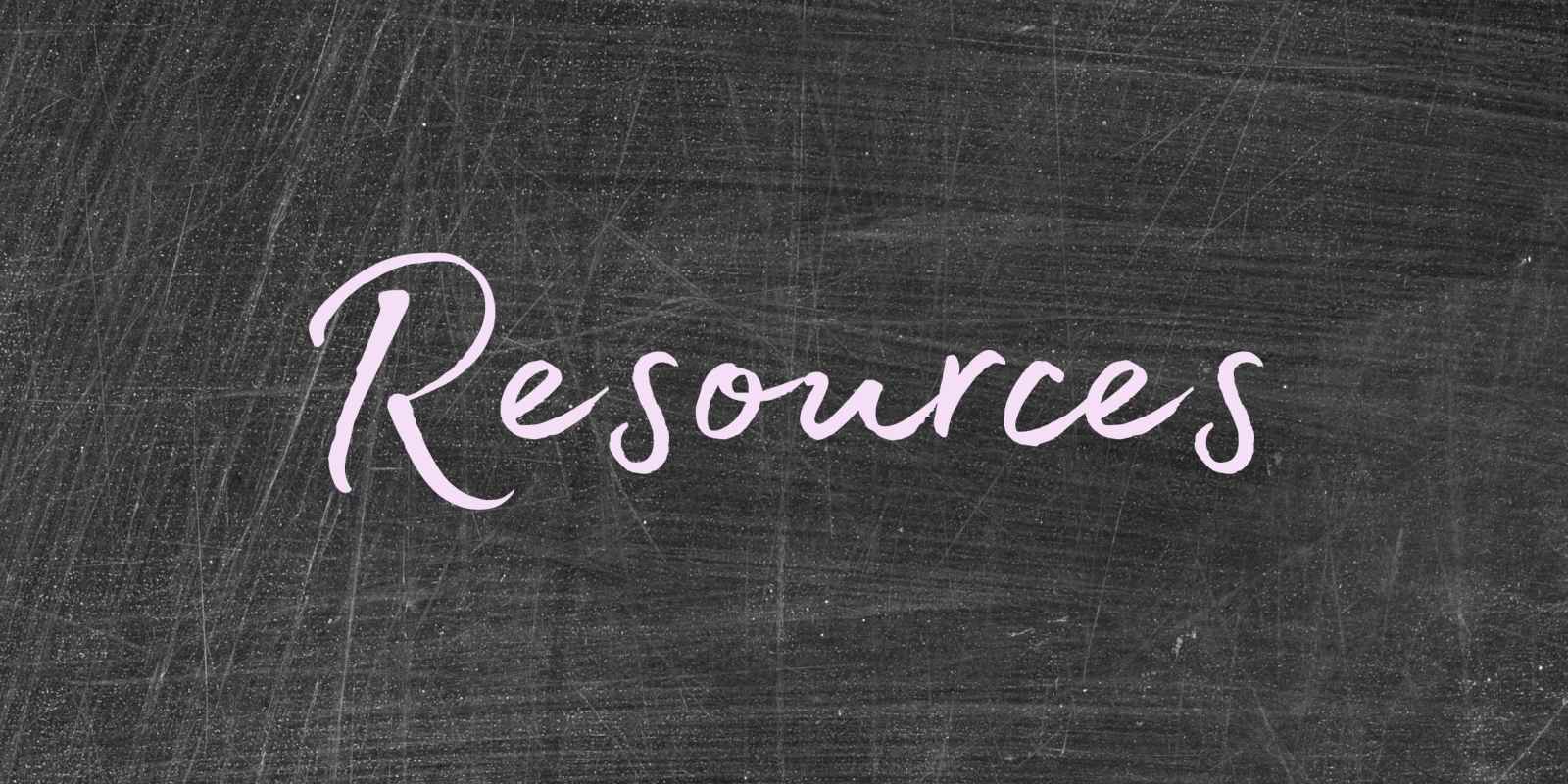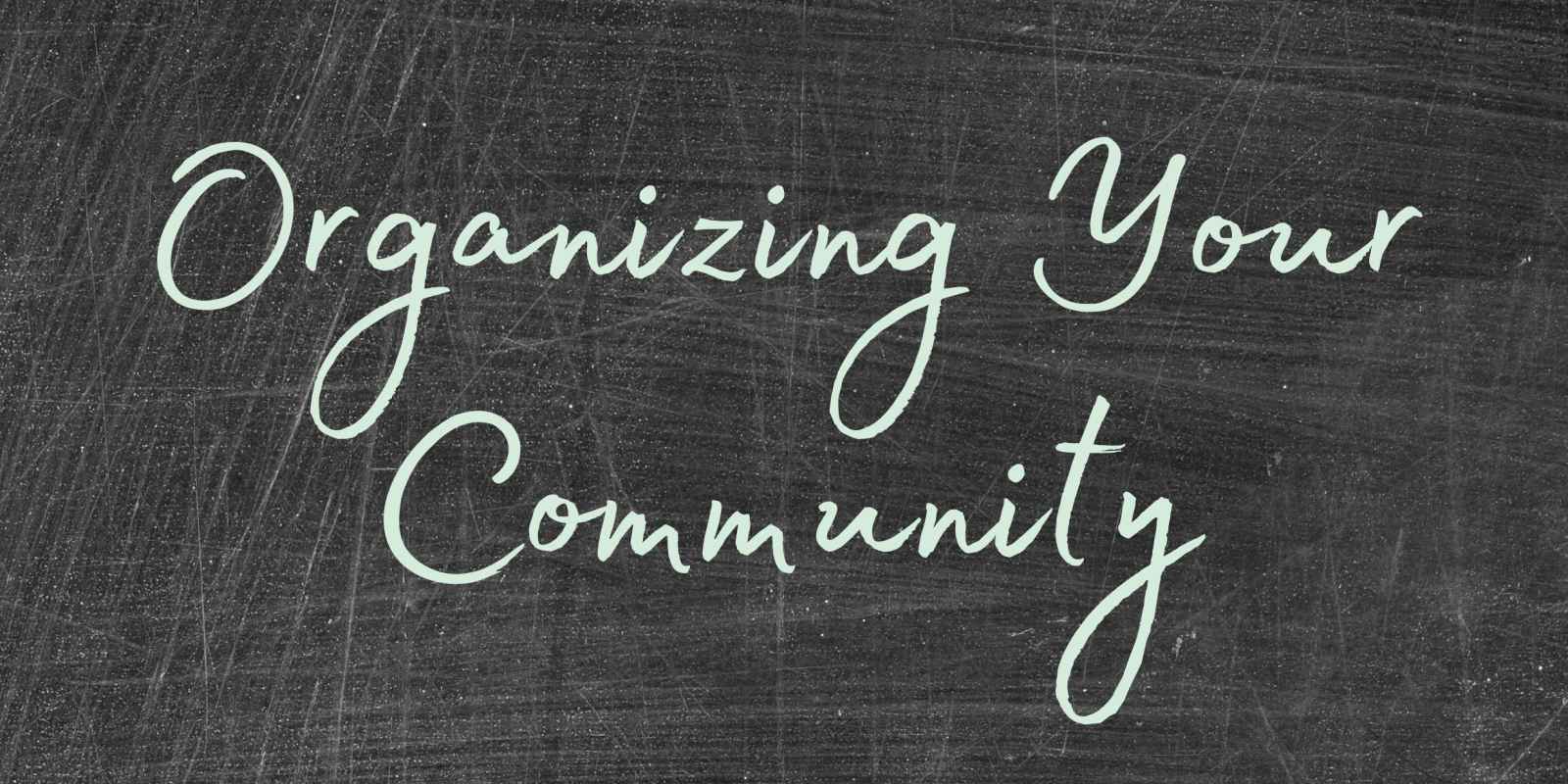In recent years, there have been increasing efforts in many Minnesota school districts to
- Ban books from classrooms and libraries
- Restrict school curriculum that represents or explores LGBTQ+ and BIPOC identities
- Eliminate student clubs that explore students’ diverse cultures, identities, and perspectives
- Create less inclusive environments for LGBTQ+ students, especially transgender students
- Restrict student expression
These efforts have greatly increased since President Trump was elected, and his administration began threatening school districts that refuse to target transgender students for exclusion.
This is why the ACLU of Minnesota launched "School Board Watch," a team of volunteers working together to monitor local school boards for threats to students’ rights. We will provide School Board Watchers with a toolkit for monitoring your school board and for sharing your observations with the School Board Watch team. The ACLU-MN also will provide support for advocating and organizing your community to fight for the rights of students.
All young people have a First Amendment right to learn, free from censorship or discrimination. The ACLU-MN is committed to defending all student’s right to learn, and with your help, we can do so in school districts throughout Minnesota.



